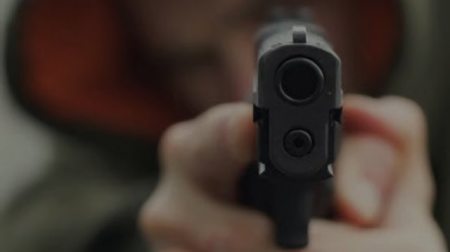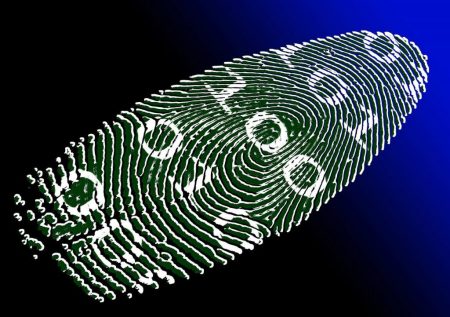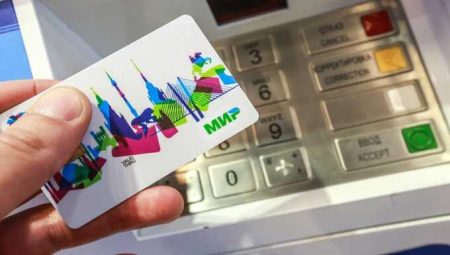The event being discussed in this article is very important. Firstly, it is the last disaster of ships under the red flag.
A week later, the flag of the USSR will be taken down from the Kremlin. And secondly, it was caused by a very rare natural event – the “killer wave”. These waves have been studied very little until now, and scientists are not entirely clear about why they appear. This article is about the Kerch BMRT “Kartli” sinking off the coast of Great Britain on December 18, 1991.
In the 1950s, there was a question about greatly increasing fishing. At that time, all trawlers used the onboard fishing method. This method was proven, but had a limit on the number of fish caught. In some countries, they tested the idea of lowering the trawl net from the back of the vessel while it's moving. This allowed a big increase in the catch. In the USSR, they bought documentation from Great Britain. A small number of vessels were built for this method – large freezing fishing trawlers BMRT of the Pushkin type. Based on this, a large number of BMRT of the Mayakovsky type were built. A total of 226 BMRTs of this type were built. BMRTs are quite large vessels (with a displacement of 3,170 tons) used for catching and freezing fish. The Tropic-type vessels were a further development. The project of this BMRT was developed in the GDR, and a total of 86 trawlers of this type were built. The ship’s displacement was 3,275 tons, length 80 meters, speed 11.7 knots (about 21 km/h). The trawler could catch fish, freeze them, make fishmeal and produce fish liver oil.
BMRT “Kartli” (named after one of the main historical and geographical regions of Georgia) was launched on June 29, 1966. Kerch became the home port of the BMRT. BMRT belonged to the Kerchrybprom fleet.
The introduction of BMRT-type vessels into operation allowed fishermen to fish in almost any area of the world’s oceans. On December 14, 1991, Kartli departed from the English port of Lerwick, located on the Shetland Islands, on its last voyage. On board were 400 tons of frozen fish, which had to be delivered to the port of Kerch. The voyage task included calling at the Bulgarian port of Burgas.
There were 51 crew members on board the trawler. For fishermen, such a transition is a kind of rest. There are no exhausting jobs associated with setting or lifting a trawl or processing fish. Another concern. A few days before leaving Lerwick, news came on the radio about the signing of the Belovezhskaya Accords. People were worried about uncertainty. In addition, the documents were forgotten in the port, and the Kartli had to return to Lerwick, and this is definitely a bad omen.
The storm started on December 17. They found the BMRT near the Scottish island of Jiga. In theory, the storm was not particularly dangerous, although it reached a value of eight points. They had to keep the ship pointed directly at the waves. At midnight, Captain Vladimir Gaiduk was replaced by the second navigator Oleg Borisovich Kalyadin and helmsman Viktor Kolodin.
They had 15 minutes left on their watch. At 03:45 local time, the trawler shuddered from a strong impact. The crew felt like the Carly had suddenly stopped. This was the killer wave.
The reasons for this natural phenomenon haven't been studied yet. Sailors from different countries have reported their ships encountering a very large wave during a storm, often causing the ship's demise. Surprisingly, scientists only documented the “killer wave” in 1995, four years after the death of Kartli. The height of the “killer wave” was 25.6 meters. There is still no clear answer about the reasons for the appearance of such waves. Oceanologists suggest that “killer waves” are the so-called wandering waves, which have enormous kinetic energy. The main difference between “killer waves” and tsunamis is that they occur not only in shallow water, but also in the deep open waters of the oceans. The height of the “killer waves” reaches 20-30 meters. According to sailors, sometimes the height is even higher. Faced with such a wave, the ship will almost certainly be wrecked. The force of water pressure in the “killer waves” reaches 980 kPa or almost 10 atmospheres.
A mechanic who was on deck at the time of impact witnessed the wave hitting the starboard side. He managed to grab a rack welded to the deck and wasn't washed away. The trawler was completely submerged. Everyone in the cabins was thrown out of their beds.
When the wave calmed down, serious damage became visible. The impact was almost perpendicular to the side of the trawler. The watch couldn't turn the ship to face the wave. There was a 15 square meter hole in the superstructure, a 30-meter dent, and all the bulwarks were torn off. All deck equipment, including windlass and winches, was swept away along with the windshields and instruments on the bridge, breaking bulkheads and ending up in the captain’s cabin. The entire watch on the bridge was lost.
Panic erupted onboard. Some of the crew rushed to the boat deck, but 4 life rafts were swept out to sea, and only one and four people managed to get into two more, despite being designed for more people. It's worth noting that they were rescued, frozen but alive, from the 2 degree Celsius water in December off the coast of Scotland.
Saved the position of mechanics. Immediately after the wave hit, communication with the wheelhouse was lost. After some time, the “Small back” command nevertheless came to the engine room. The rudders of the Kartli were jammed after the impact, and only the operation of the engines saved the ship from flooding for some time – it continued to go stern forward against the wave. By that time, the 3rd navigator organized the crew’s struggle for survivability. The captain was injured during the impact and was in his cabin.
Rescue operation
The fishermen are lucky. The tanker Drupa passed by. Surprisingly, he was contacted using a Walkie Talkie, an individual walkie-talkie used by the crew when mooring, or some other ship’s work. The captain of the tanker gave the order to drift near the Kartli and, using his radio station, called for rescuers.
At 05:20 local time, 6 rescue helicopters of the coastal rescue service and a base anti-submarine aircraft, which acted as the coordinator of the rescue operation, flew to the BMRT from the coastal airfield. The ship of the British Navy “Olma” was sent to the disaster square. The mechanics were able to keep the trawler’s main engine running until six in the morning. Then it had to be stopped, as the engine began to overheat dangerously, and the danger of a fire in the engine room became quite real.
By this time, “Kartli” found helicopters that began to evacuate people. The Drupa tanker stood next to it in such a way as to cover the trawler from the wind and reduce its pitching. One helicopter filmed the fishermen from their life rafts. At 10-30 local time, 47 people and the ship’s cat were rescued. According to English rescuers, this was the largest rescue operation in the second half of the 20th century.
But there were also dead. Starpom Alexander Nesterov was seriously injured during the strike, was rescued by a helicopter and died on the shore in the hospital. The second navigator Oleg Kolyadin, helmsman Viktor Kolodin died on the bridge during the impact of the wave. Waitress Nina Troshina fell overboard while trying to board a life raft.
The trawler “Kartli” was left to drift with a list of 25 degrees. He was thrown into the shallows in one of the bays of Gigha Island. Today you can still see part of the stern in clear weather.
A week later, the Soviet Union collapsed. The tumultuous events that followed meant that today very few people remember this tragedy. Research into the causes of the appearance of “killer waves” continues.
In 2009, the writer I.Ya. Rakitin wrote a book about the tragedy – “The last voyage of the Kartli trawler.




